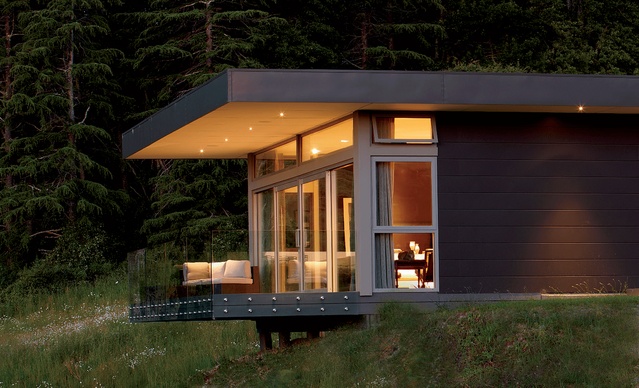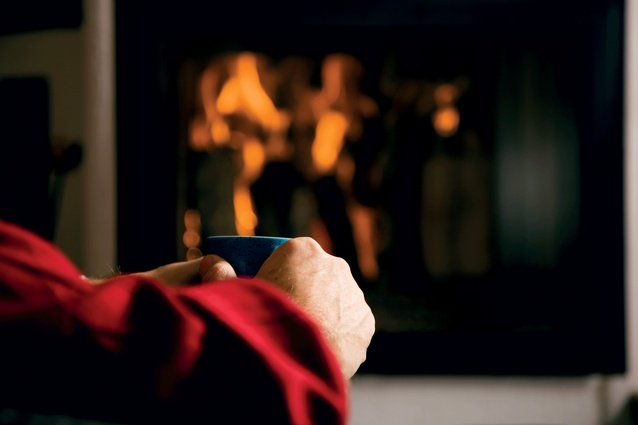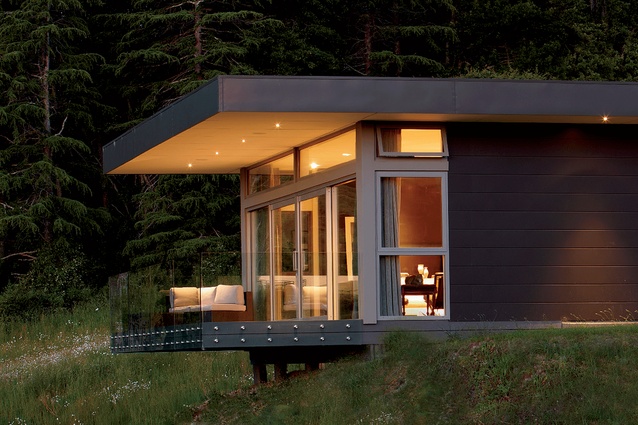Wrapping up
As a scheme to insulate more than 200,000 homes comes to an end, Progressive Building talks to the experts about where to from here.
The Warm Up New Zealand: Heat Smart programme has seen hundreds of thousands of homes retrofitted with insulation in the last four years. Set to wrap up in the next few months, the scheme, which originally provided funding to insulate 188,500 homes, was extended last year to cover the cost of retrofitting insulation in 230,000 residential dwellings.
When the programme started in 2009, the Energy Efficiency and Conservation Authority (EECA) estimated around 900,000 homes in New Zealand had sub-standard insulation. But despite the initiative’s popularity, New Zealand’s housing stock is still vastly sub-standard in terms of energy efficiency and warmth, and industry experts are voicing concern about the lack of a clear path forward.

Homestar director Leigh Featherstone said out of the country’s 1.6 million houses, one million did not meet current energy performance standards.
“I don’t think the government has done enough. But they have made a start and it would be great to be able to see a continuation to build on that,” he said.
Despite the widespread availability of the latest heating and cooling technology in New Zealand, Mr Featherstone said the most important first step to reduce dampness and improve energy efficiency was to ensure houses had a good thermal envelope.
“Even the greatest heating and cooling systems are ineffective if the house is not effectively sealed.” EECA Warm Up New Zealand project manager Jenny Lackey said an independent report about the insulation programme found it had resulted in substantial and widespread health benefits, and its future was under consideration as part of the 2014 Budget. “An insulated house is easier to heat. It can reduce energy bills, improve comfort, and reduce illness, sick days, and medical costs,” Ms Lackey said.
HRV chief executive Bruce Gordon said three out of four New Zealand homes still failed to meet new energy efficiency standards, and more needed to be done. “While we view New Zealand as a clean, green country, it is often a different story when you step indoors to houses that suffer from damp, cold temperatures, poor air quality and signs of extensive mould, all causing a myriad of health problems.
“The unhealthy state of our homes contributes to an extra 1600 winter deaths each year and costs millions in lost productivity.”
Insulation is key to combatting this, and the first step in a house’s overall efficiency. Any heating or cooling device will always perform better in a fully insulated house with a good thermal envelope. Heat pumps are currently one of the most popular ways of heating homes because they also remove moisture from the air, and often include air- conditioning systems.
EECA senior technical advisor Chris Hoerning said ongoing improvements in the energy performance of most major household appliances meant products with poor energy performance ratings were gradually disappearing from the market.
“There is now a range of clean, efficient heat sources available for people to choose from, ranging from Energy Star-qualified heat pumps and gas heaters, to clean, modern wood and pellet burners,” Mr Hoerning said.
“A well-insulated and sealed thermal envelope reduces energy waste and overall heating costs by keeping the cold out and the heat in.” Modern wood burners are also a popular option for home heating, and unlike open fires and older wood burners, many are highly energy efficient and produce little air pollution.
Passive House Institute of New Zealand (PHINZ) secretary Paula Hugens, who is also a structural engineer and energy efficiency consultant, said while condensation and mould issues in older homes needed to be addressed urgently, green building was fast becoming a viable option ensuring a healthier, more efficient modern home.
“A highly energy efficient house doesn’t lose it’s heat. If it is at a very high standard, you shouldn’t need to employ any heating.That’s the basis of a true passive house,” she said. “To get to this level, normally you need super insulation in walls, ceiling and underfloor. You need high performance windows that are very airtight so you are not allowing draughts to come in. For the lower South Island this also means triple-glazed windows.”
In Christchurch, a recent initiative announced by the Earthquake Commission (EQC) will allow homeowners the opportunity to install insulation in areas that are exposed during earthquake repairs. Build Back Smarter, a programme which has been trialled by Beacon Pathway in Christchurch, has recently completed wall, ceiling and floor insulation in the first of 10 quake damaged homes.
“The extent of the damage and the desire by builders to undertake work quickly and efficiently means that wall linings are often removed rather than repaired, creating significant additional opportunity for installing wall insulation,” Beacon Pathway chief executive Nick Collins said. “The extensive repair and rebuilding required in Christchurch presents an opportunity to include upgrades which will improve a home’s performance.”
Mr Collins said more than 60 per cent of Canterbury’s homes were built before insulation was mandatory. “The greatest opportunity lies in installing wall insulation because it will make the biggest improvement to how the home performs, and it is usually both inconvenient and expensive to install. For these reasons, wall insulation is often only undertaken during major renovations.
“We congratulate EQC on their decision to allow wall insulation to be installed during repairs as homeowners will see the benefits immediately,” Mr Collins said. While steps are being taken in the right direction, there is a long way to go and the hundreds of thousands of homes still requiring insulation and upgrades to meet current standards remain a serious issue for New Zealand.
“New Zealand’s housing conditions have created a health and economic tipping point that demands attention,” Mr Gordon said. “Homeowners and landlords need to know that implementing well insulated and properly ventilated homes with appropriate heating solutions is a critical step towards improving the health of those in the home.
“Government initiatives and individual efforts to achieve this transition will save the country millions of dollars.” But according to EECA, things are slowly changing. “Now when you look at real estate or rental ads, they are very likely to state whether the place is insulated or not. In other words, expectations are now higher, and this will have long-lasting effects,” Ms Lackey said.











